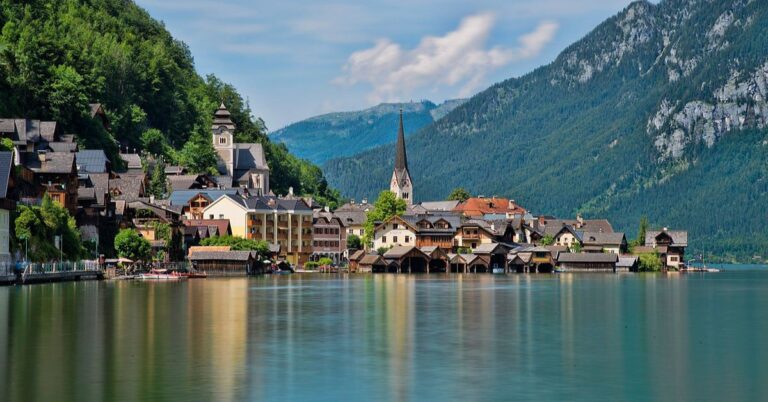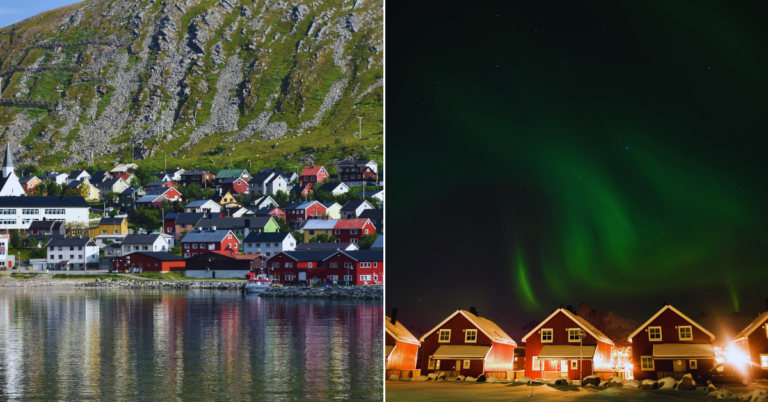25 Mysterious Places Discovered By Scientists

The world is full of secrets—some buried beneath ancient sands, others hidden deep in the darkest oceans or cloaked in clouds high above. But every now and then, science gets a little nudge from curiosity and stumbles upon something totally unexpected. So, here are 25 places that’ll make you rethink everything you thought you knew about the world.
Valeriana (Mexico)
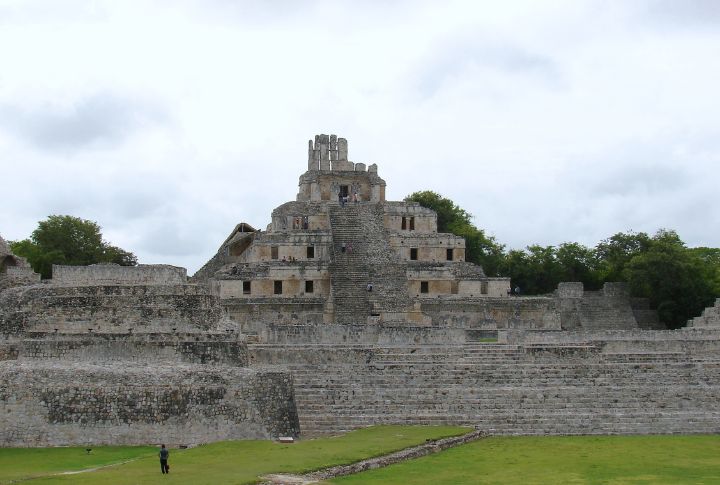
Hidden deep in the mountains of Mexico, Valeriana is a discovery that has left archaeologists and geologists in awe. Discovered in October 2024, Valeriana is a vast Maya archaeological site in Campeche, Mexico. It features over 6,500 structures, including pyramids and plazas, revealing insights into ancient indigenous culture.
The Great Blue Hole (Belize)
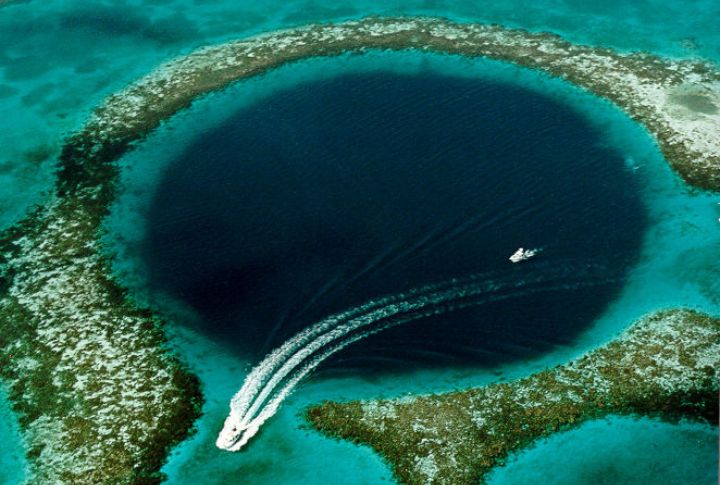
This is one of the most famous and visually striking underwater features in the world. It is a massive sinkhole, roughly 318 meters across and 124 meters deep, and lies at the center of the Lighthouse Reef, which is part of the well-known Belize Barrier Reef Reserve System.
The Eagle Sinkhole (China)
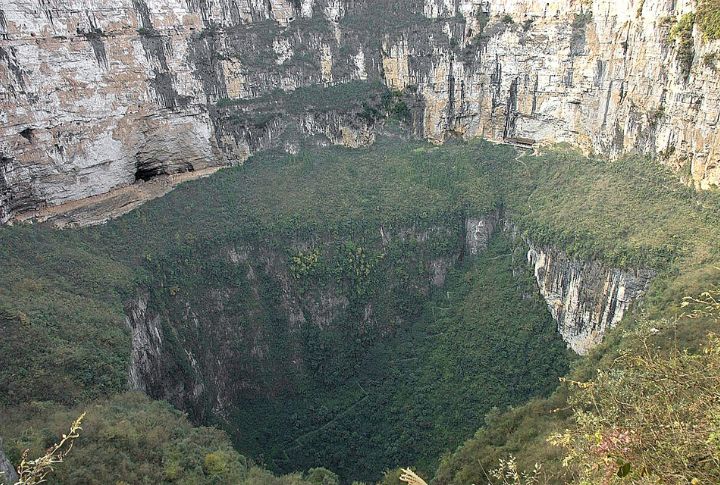
The Eagle Sinkhole in China’s Guangxi Province has quickly become a geological marvel, drawing the attention of scientists from all over the globe. Discovered in 2022, this sinkhole is almost 630 feet deep, with a wide mouth and an ancient forest inside.
Qeqertaq Avannarleq (Greenland Coast)
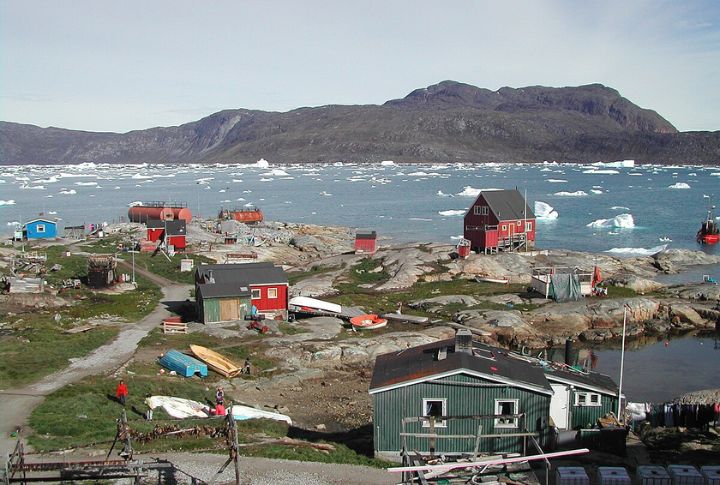
Qeqertaq Avannarleq is an island that has amazed scientists with its mysterious appeal. Discovered in 2021 off Greenland’s coast, Qeqertaq Avannarleq, possibly a grounded iceberg, offers a rare glimpse into glacial history, intriguing scientists with its remote, pristine state.
Sima De Las Cotorras (Mexico)

Sima de las Cotorras is a sinkhole nearly 140 meters wide. The name “Sima de las Cotorras” translates to “The Pit of the Parrots,” and it’s easy to see why: the cavern’s walls are often alive with the sound of parrots nesting in the steep cliffs.
Jezero Crater (Mars)

Mars got a whole lot more interesting, and Jezero Crater is the main event. This ancient crater on the Red Planet was once home to a lake—yes, a lake on Mars! Scientists are now on a quest to figure out if ancient Martians (okay, maybe not Martians, but still) could have lived there.
Nazca Lines (Peru)
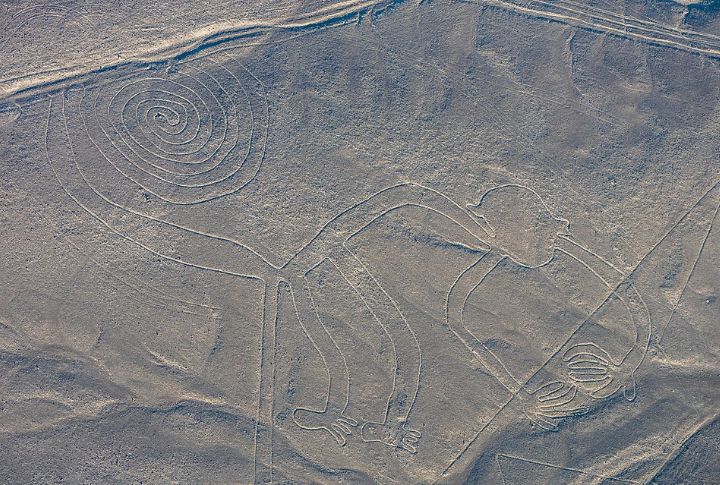
The Nazca Lines in Peru are like the Earth’s ultimate outdoor art exhibit. These designs, believed to have been created by the Nazca civilization, have mystified historians for centuries. And guess what? In the last decade, even more giant figures have been found hiding in plain sight.
Fairy Circles (Namibia)

Imagine standing in the middle of the Namibian desert and seeing hundreds of perfectly round patches of bare Earth. These strange patches, scattered across the region, have baffled scientists for years. Some say they’re the work of mystical forces, while others think they’re nature’s way of playing tricks on us.
Devil’s Kettle (USA)
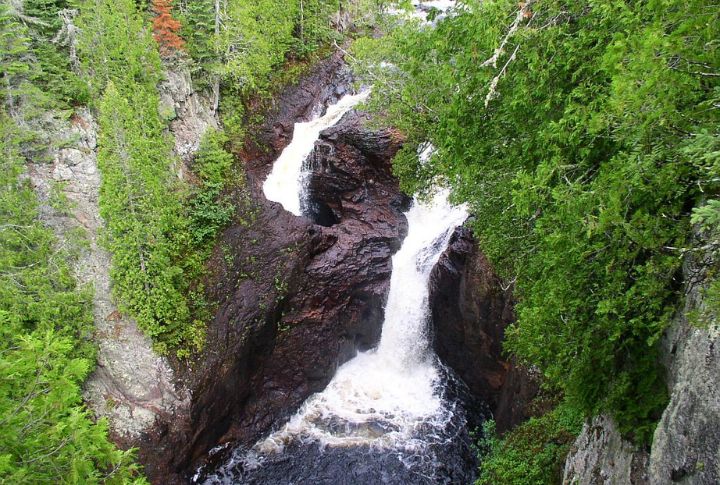
Located in Minnesota’s Judge C. R. Magney State Park, Devil’s Kettle is the kind of place that could give you chills. Scientists have been stumped for decades, trying to figure out where the water goes. It’s like nature’s version of a magician’s disappearing act.
Blood Falls (Antarctica)

Blood Falls might sound like something out of a horror movie, but it’s actually a bizarre yet mesmerizing phenomenon in Antarctica. The red hue comes from iron-rich saltwater that’s been trapped in the ice for millions of years. When it escapes, it reacts with the oxygen in the air and turns a brilliant shade of crimson.
Kamil Crater (Egypt)

Kamil Crater is an impact crater that looks like something out of a sci-fi film. But what makes it so incredible is what it left behind: an extraordinary number of meteorites. Discovered just a decade ago, this nearly perfect circular crater represents a giant cosmic stamp in the middle of the desert.
Son Doong Cave (Vietnam)
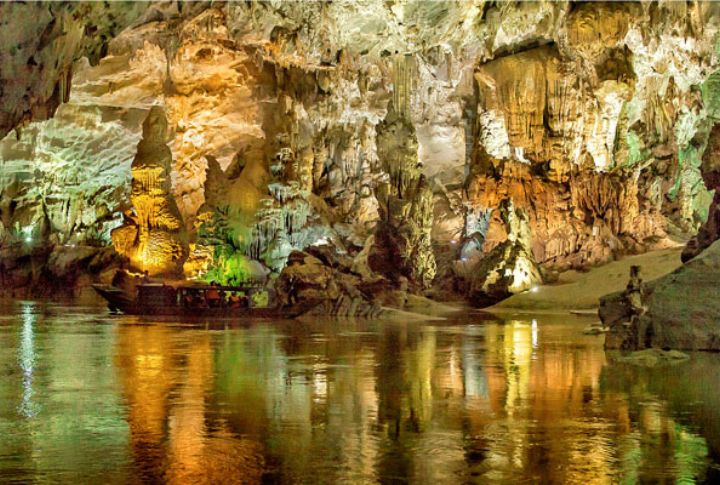
This cavern is so massive that it has its own ecosystem, complete with rivers, jungles, and even its own weather system. If that doesn’t blow your mind, the fact that it wasn’t explored until 2009 will. Hidden for millennia, Son Doong features stalagmites and a constant mist that makes it feel like you’ve stepped into a magical realm.
Sac Actun Cave System (Mexico)

Known as the “White Cave” due to the stunning white limestone formations, this network of caverns was found in 1987. Explorers who venture through the labyrinth feel like they’ve stumbled upon a mystical, lost city—complete with crystal-clear waters.
Asik-Asik Falls (Philippines)

Hidden away in the green mountains of Mindanao, Asik-Asik Falls is a hidden gem that feels like it’s straight out of a fairy tale. This waterfall doesn’t follow the usual waterfall pattern, as it’s not just a single stream falling down from the sky but dozens of tiny waterfalls cascading over a rock wall.
Mount Mabu Rainforest (Mozambique)

Mount Mabu is the kind of place that feels like an undiscovered world, and scientists were amazed when they stumbled upon it in 2005. It is home to a host of species that were completely unknown to science before its discovery. Think of it as a lost kingdom in the heart of Africa.
Cape Melville Rainforest (Australia)
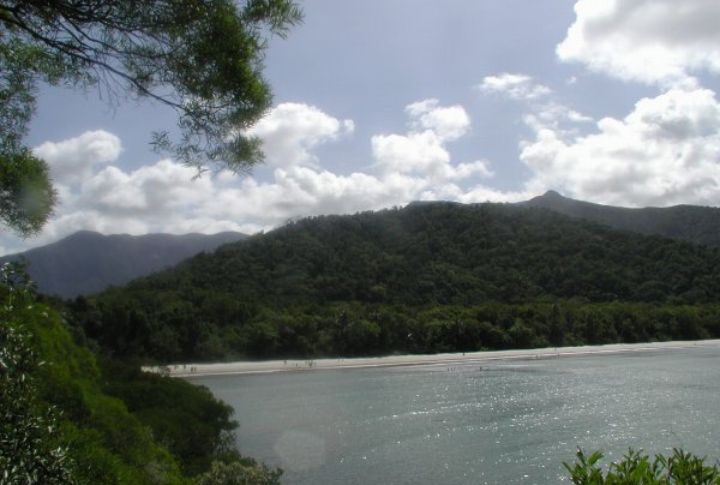
Imagine walking into a rainforest that has been completely untouched for millions of years. That’s what the Cape Melville Rainforest in Australia is like. It’s so remote that it was only discovered recently, and its pristine condition means that scientists are racing to learn about all the plants and animals that call it home.
The Maud Rise Polynya (Antarctica)
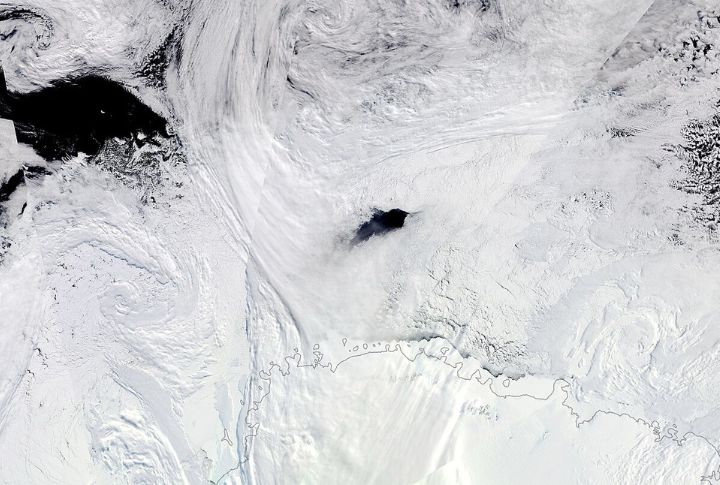
Now, here’s a cool Antarctica secret: the Maud Rise Polynya. This mysterious patch of open water is like the “warm” spot in an otherwise icy, frosty desert. Despite being surrounded by frozen ice, this area stays ice-free thanks to some seriously funky ocean currents.
The Ross Ice Shelf (Antarctica)
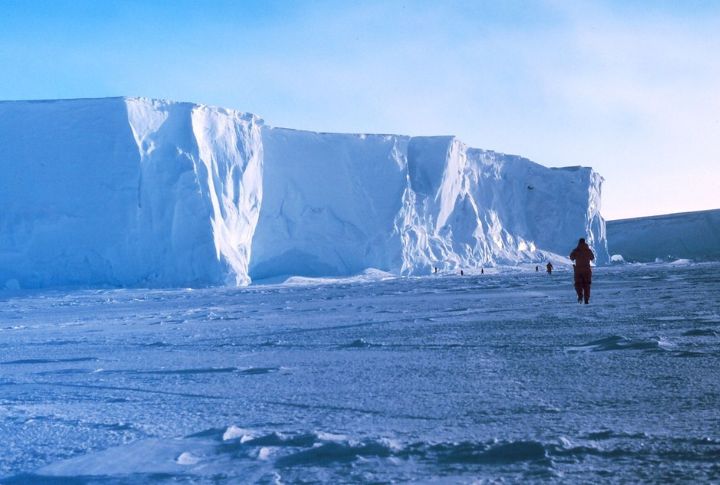
The Ross Ice Shelf, discovered in 1841, is basically Antarctica’s giant frozen fortress. It’s so huge that it’s practically its own continent of ice! But wait—there’s more! Beneath all that ice is a whole underwater ecosystem that survives in the most extreme conditions.
Dragon’s Breath Cave (Namibia)
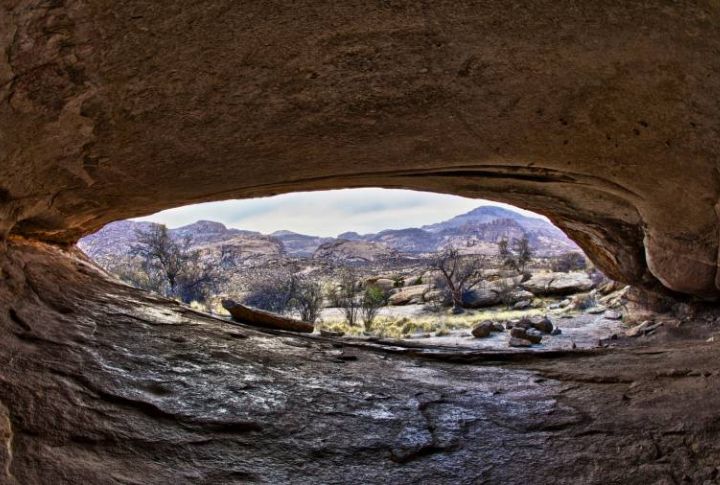
The name “Dragon’s Breath” (1986) comes from the warm, steamy air that rises from the cave’s depths. Inside, you’ll find an eerie beauty: ancient stalactites and stalagmites, an underground lake so vast it seems endless, and a haunting silence that will send shivers down your spine.
Pico Da Neblina National Park Ecosystem (Brazil)
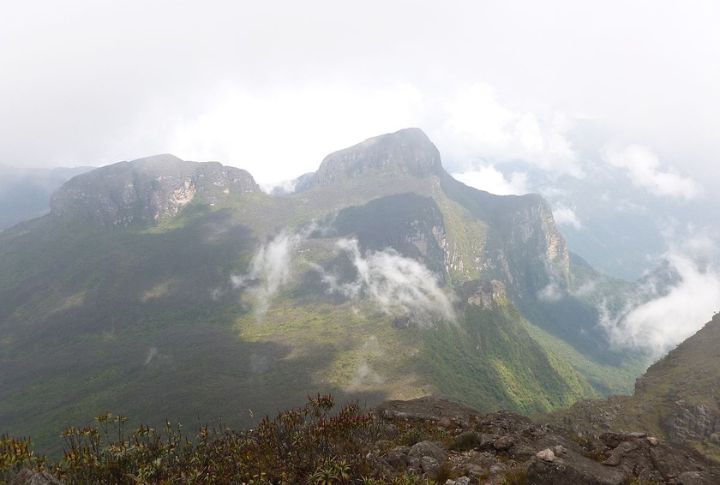
Pico da Neblina National Park (found in 1979) is a true natural wonder that feels like something out of an explorer’s dream. Dominated by the towering Pico da Neblina, Brazil’s highest peak, this park is shrouded in clouds and mystery. Lastly, the park’s misty atmosphere gives it a magical, almost mythical vibe.
Ciudad Blanca (Honduras)
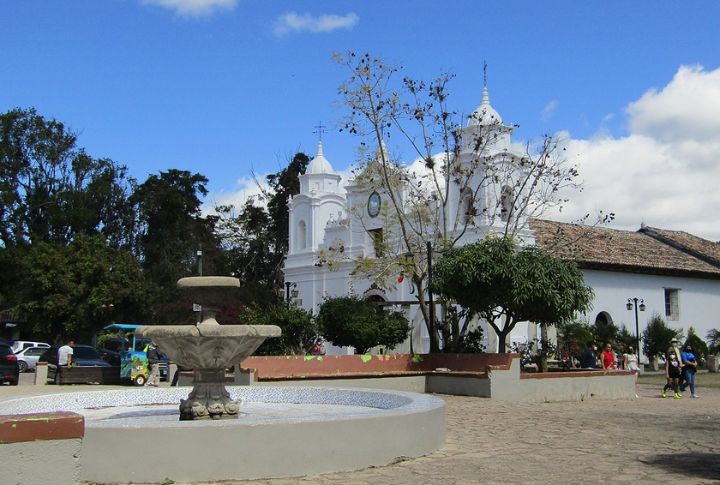
Deep in the jungle of Honduras lies a lost city that sounds like it’s straight out of a treasure hunter’s wildest dreams—Ciudad Blanca, also known as the “White City.” Hidden among dense forests and mountains, Ciudad Blanca is believed to be a once-thriving city filled with ancient ruins, secrets, and treasures.
Zealandia Continental Shelf (South Pacific)
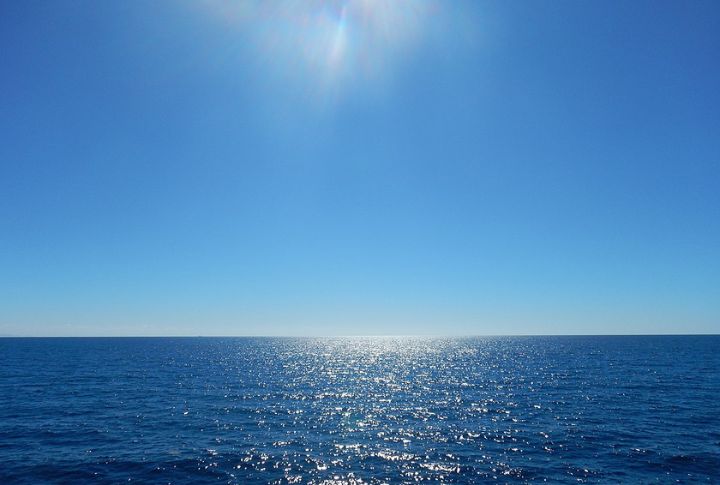
Zealandia is a submerged continental mass in the South Pacific, sometimes referred to as the “eighth continent.” This “lost continent” includes New Zealand, New Caledonia, and several smaller islands, all of which were once part of the supercontinent Gondwana.
Costa Rica Thermal Vents (Costa Rica)
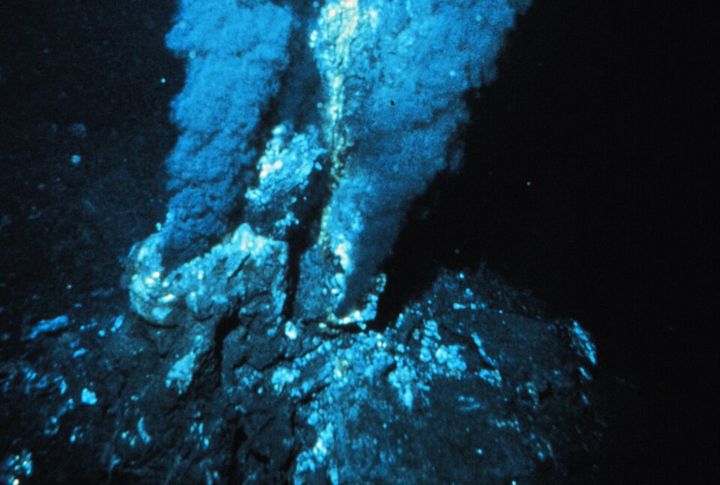
These thermal vents are part of a larger geological phenomenon called hydrothermal vent systems, which are found where seawater meets volcanic or tectonically active regions beneath the ocean. Moreover, they are located near the Cocos Plate, a tectonic plate that interacts with the Pacific Plate.
Dallol Hot Springs Ecosystem (Ethiopia)
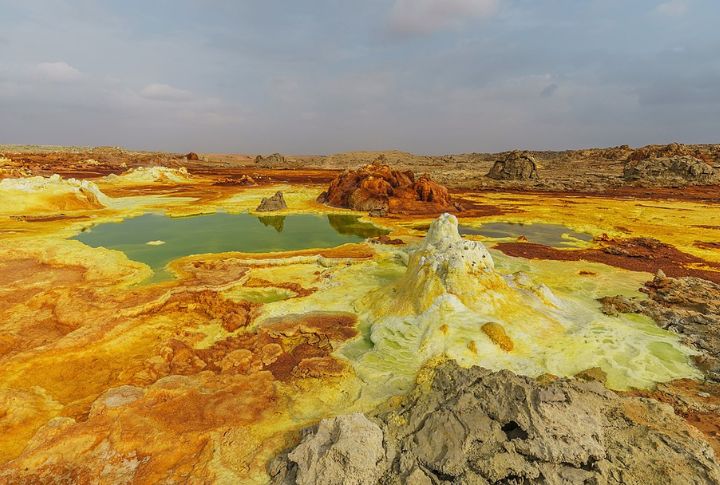
One of the hottest places on Earth, these thermal springs have been known for decades. It’s a surreal landscape, with the region painted in vibrant yellows, greens, and reds, where life has managed to thrive in some of the most inhospitable conditions imaginable.
Arctic Methane Craters (Russia)

Also known as “Yamal Craters,” the Arctic Methane Craters are nature’s dramatic exclamation point to climate change. Interestingly, these enormous craters, some reaching over 30 meters in depth, were formed when pockets of methane gas trapped beneath the permafrost suddenly erupted.




